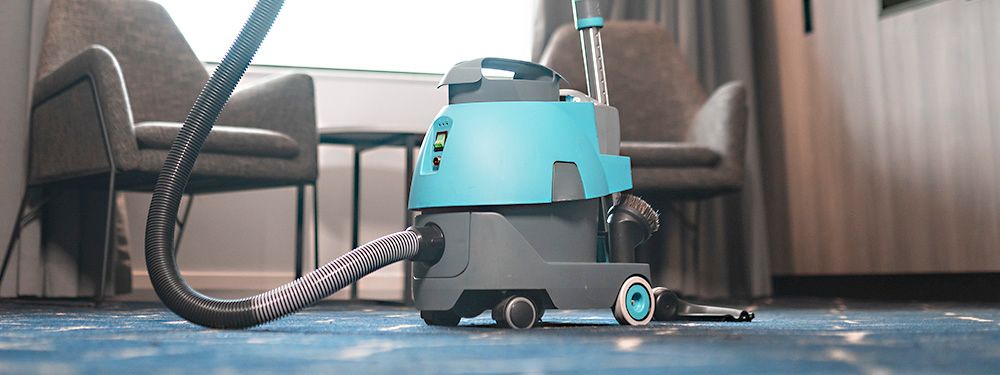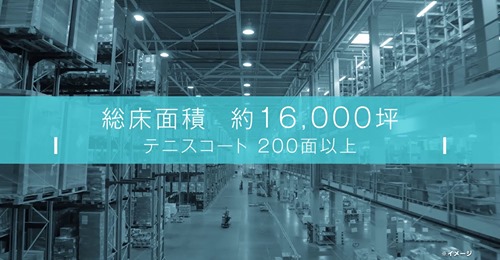
Below is a comprehensive technical article translation that covers everything from basic to advanced aspects of vacuum cleaners—from their operating principles to the latest modern technologies—to help you understand the key factors that determine the superiority of a top-of-the-line vacuum cleaner available today.
1. General Introduction
Vacuum cleaners are indispensable devices for maintaining clean living and working environments, especially in modern homes, offices, or commercial premises. With the continuous advancement of technology, vacuum cleaner models have evolved from simple mechanical devices to smart products that offer powerful cleaning performance, energy efficiency, and ease of use. In this article, we will delve into the technical aspects to determine what makes the “best vacuum cleaner” in today’s market.
2. Types of Vacuum Cleaners
Before diving into a detailed technical analysis, it is essential to understand the common types of vacuum cleaners available on the market today:
-
Bagged Vacuum Cleaners: Advantages: They offer effective dust filtration with specialized dust bags, reducing the impact of fine dust on the motor. Disadvantages: There are ongoing costs for replacement bags, and it can be difficult to manage the dust-holding capacity over extended use.
-
Bagless Vacuum Cleaners: Advantages: These are popular for saving on bag replacement costs and utilize centrifugal technology to separate dust. Disadvantages: Regular cleaning of the dust container is necessary to maintain performance.
-
Upright Vacuum Cleaners: Advantages: Ideal for large spaces, these units feature an integrated design that delivers strong suction and offers flexible mobility. They are user-friendly; however, prolonged use can sometimes lead to user fatigue.
-
Handheld Vacuum Cleaners: Advantages: Their compact size makes them convenient for cleaning hard-to-reach areas or quick spot cleaning. Disadvantages: They often have limited dust capacity and, for cordless models, restricted runtime.
-
Robot Vacuum Cleaners: Advantages: Equipped with autonomous technology that includes positioning sensors, scheduled cleaning, and intelligent cleaning capabilities. Disadvantages: Although highly convenient, they generally carry a higher price tag and may not provide as strong suction compared to dedicated traditional models.
3. Operating Principle
Vacuum cleaners operate based on the principle of generating suction (negative pressure) via a rotating motor, which draws dust and small particles from surfaces. The main elements of this operational principle include:
-
The Motor: The motor drives a fan to produce a strong airflow that subsequently creates the suction pressure. Generally, a higher motor power results in stronger suction and improved cleaning performance.
-
The Fan and Air Duct: A high-speed spinning fan forces air through a filter or centrifugal system, which separates the dust and fine particles from the air. The design of the fan is crucial as it directly impacts both the efficiency and noise level of the vacuum.
-
The Filtration System: Once the dust is drawn in, the filtration system (which may include mechanical filters, HEPA filters, or centrifugal-based technology) separates and traps even the finest dust particles, ensuring that the exhaust air is clean and safe for health.
4. Main Technical Components
An effective vacuum cleaner generally integrates the following components and technologies:
4.1. Motor and Power
-
Motor Power: Expressed in Watts or Horsepower, motor power does not solely represent suction strength but indicates the machine’s energy consumption. High-quality vacuum cleaners feature optimally designed motors that balance power and suction efficiency without generating excessive noise.
-
Energy Efficiency: Modern technology emphasizes energy savings. Newer models often incorporate inverter technology or programmable fan speed adjustments to maintain stable performance throughout operation.
4.2. Suction Generation System
-
Fan Design and Air Duct Structure: Advanced vacuum cleaners employ fans designed according to centrifugal or state-of-the-art geometric models to optimize airflow. The design of the air duct and dust-shedding mesh also directly influences overall suction power and air circulation.
-
Centrifugal Technology: In bagless models, centrifugal technology is used to separate dust and fine particles from the air, which minimizes filter clogging and maintains consistent suction performance over time.
4.3. Filtration System
-
HEPA Filters: Considered the gold standard in filtering fine dust particles, HEPA filters are especially beneficial for those with allergies or respiratory issues. Top-tier vacuum cleaners typically integrate medical-grade HEPA filters.
-
Multi-layer Filtration: Many modern devices feature a multi-stage filtration system—including primary, fine, and HEPA filters—to ensure that dust and bacteria are effectively eliminated.
4.4. Design Structure and Convenience
-
Dust Holding Capacity: The capacity of the dust bin or bag should be sufficiently large to minimize frequent replacements while still being easy to remove and clean.
-
Ergonomic Design: User convenience largely depends on the handle placement, weight, and overall portability of the vacuum cleaner. A lightweight, easy-to-operate design allows for prolonged usage without causing user fatigue.
-
Additional Features: These may include multi-functional accessory kits (for cleaning tight corners, upholstery, car interiors, etc.), automated cleaning modes (in robot vacuums), or overheat protection technology.
4.5. Smart Technology and Controls
-
IoT Connectivity: Some modern vacuum cleaners can connect to smartphones via dedicated apps, allowing users to adjust settings, schedule cleaning sessions, and monitor performance via cloud-based systems.
-
Adaptive Sensors: Advanced sensors enable the machine to automatically adjust suction power according to the dust level on a surface, which helps conserve energy and enhances cleaning efficiency.
5. Evaluation Criteria for the Best Vacuum Cleaners
To determine the “best vacuum cleaner,” the following factors are usually evaluated in detail:
-
Suction Power: A critical metric expressed in terms of pressure (Pa) and airflow (CFM – Cubic Feet per Minute). An effective vacuum must balance motor power and fan design to deliver optimum suction.
-
Filtration System: The efficacy of the filtration system is gauged by its ability to trap dust as well as eliminate fine particles, bacteria, and allergens (especially when using HEPA filters).
-
Energy Efficiency and Noise Levels: Top-performing vacuum cleaners typically consume low power and operate quietly, ensuring minimal disturbance in living spaces.
-
Durability and Ease of Maintenance: The material quality, production technology, and maintenance features (like self-cleaning filters or easily detachable components) are critical to determining the product’s longevity.
-
Smart Features: For high-end models, features such as remote connectivity via smartphone apps, automatic sensor adjustments, and multiple cleaning modes create a significant competitive advantage.
6. Emerging Technologies and New Applications
Manufacturers continuously innovate to meet the increasingly stringent demands of consumers. Some noteworthy technological trends today include:
-
Cordless Vacuum Cleaners with High-Capacity Batteries: These models offer greater mobility and longer runtime by eliminating the constraints of power cords.
-
Intelligent Robot Vacuum Cleaners: Equipped with artificial intelligence (AI) and advanced positioning sensors, these devices can autonomously plan optimal cleaning routes for entire rooms.
-
IoT-Enabled Connectivity: Premium models can connect to mobile applications to send device status reports, performance analytics, and provide remote maintenance support.
-
Eco-Friendly and Energy-Saving Designs: The “green” trend in technology requires products that are not only effective but also environmentally friendly by reducing power consumption and incorporating recycled materials.
7. Conclusion
The best vacuum cleaner is not determined solely by a single metric like “suction power” or “motor wattage” but rather by a comprehensive integration of factors, including:
-
Operational Performance: Ensuring stable and consistent suction, effective removal of fine dust, and automatic adjustment based on surface conditions.
-
Filtration Quality and Health Benefits: A robust filtration system (particularly models equipped with HEPA filters) helps protect user health by eliminating allergens and fine particulates.
-
Usability and Intelligent Design: Ergonomic design, IoT connectivity, and mobility (whether in cordless or robotic formats) are geared towards optimizing the user experience.
-
Durability and Maintenance: High-quality materials and hassle-free maintenance, such as easily removable components for cleaning, help ensure the product’s longevity.
With technological advancements, modern vacuum cleaners are continually being improved—from their operational mechanisms to the integration of smart solutions. Consumers can choose products tailored to needs ranging from home cleaning to professional applications, based on the criteria of “efficiency – convenience – durability.”
Now that you know which vacuum cleaners are currently leading the market, place your order today. At QTE Technologies, we offer a wide range of vacuum cleaners from the top brands. With over one million products in our catalogue, we are confident we have a product that meets your specific requirements. You can also contact our sales representatives for advice on which vacuum cleaner to choose. Do not forget to check our customer reviews to see what our satisfied clients have to say about our services. We are an international MRO supplier proudly serving customers in over 180 countries.
Post Author By QTE Technologies Editorial Staff (with a solid background in both technical and creative writing - accumulated 15+ years of experience).




